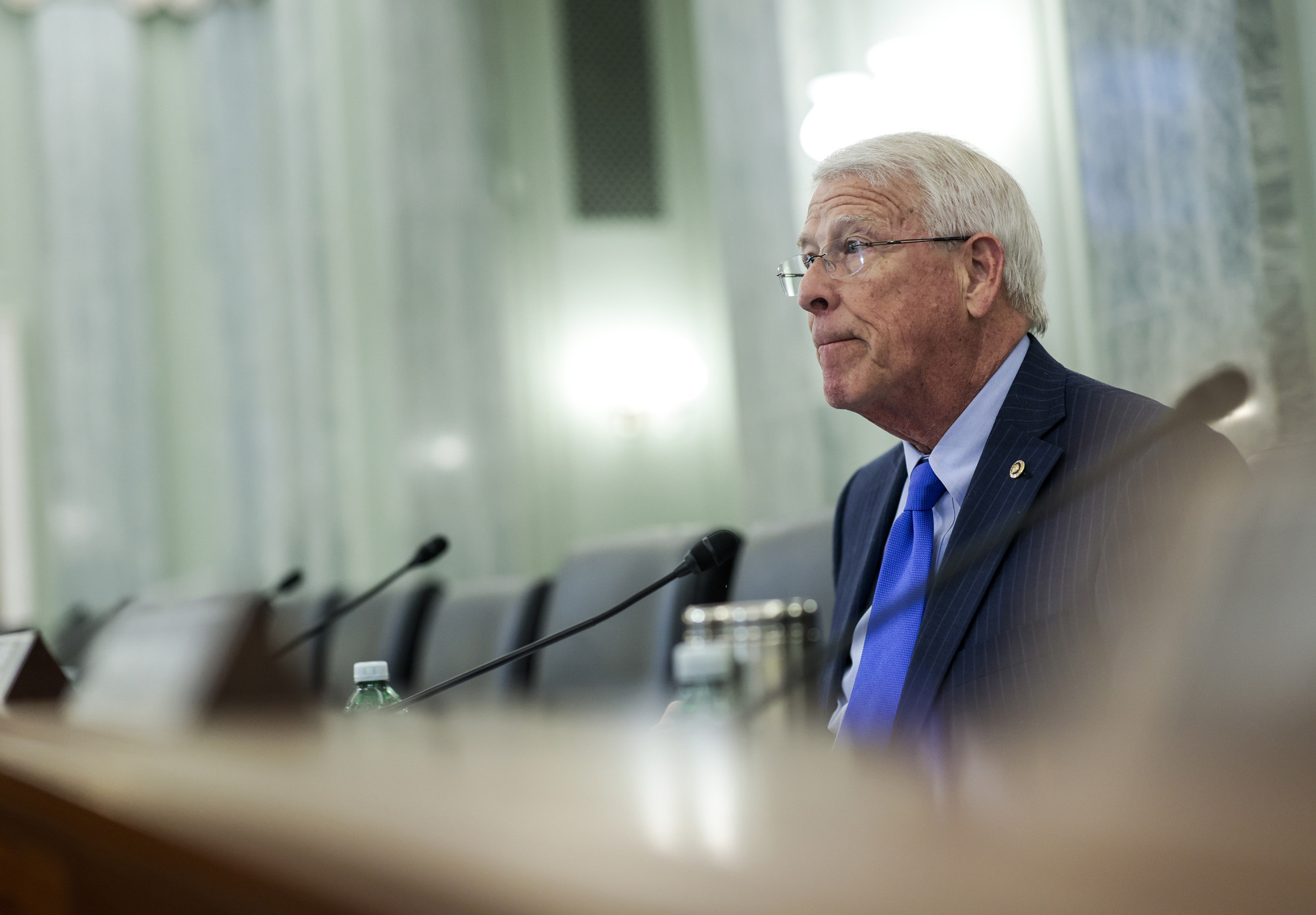The exercises will build skills, improve integration and “rapidly accelerate” the sophistication and scale of autonomous maritime systems that the allies can deploy and operate, Austin said.
The top defence officials also explained that the military technologies powered by AI would, for instance, improve a network of buoys operated by Aukus nations in the Indo-Pacific. These buoys, equipped with sensors, are designed to detect enemy submarines and relay the information to patrol aircraft.
On the US side, the security pact has faced strong opposition and delays in Congress. For it to proceed, American lawmakers must grant Britain and Australia an exemption under Washington’s International Traffic in Arms Regulations.
Australia’s Aukus nuclear submarines could fuel arms race despite assurance
Australia’s Aukus nuclear submarines could fuel arms race despite assurance
The US regulatory regime imposes tight restrictions on sensitive arms exports. Although negotiations have been under way for two years, the Biden administration has yet to make progress on this front, and for many it exemplifies entrenched Pentagon bureaucracy.
Roger Wicker, a Mississippi Republican and ranking member of the Senate Armed Services Committee, has been a leading voice urging caution on the Aukus agreement. He has said that selling Virginia-class attack submarines would threaten US security by diverting vessels it badly needs.
While Wicker has stated his support for the pact, he believes the US Navy needs 66 attack submarines to meet its defence needs, compared to the 49 submarines now envisioned. Current production is 1.2 submarines per year amid hopes that 2.2 subs can be produced annually by the end of the decade.
“Our shipyards are under-resourced to meet the [US] Navy’s urgent submarine requirements as well as meet the prospective demands of the Aukus agreement,” the senator said in October.
“We must work to signal to both our allies and US industry that we can meet the obligations of the Aukus agreement without putting our own submarine fleet in jeopardy.”

Wicker’s criticism echoes long-standing complaints from the US Navy, which claims that its fleet will shrink significantly because of a reduction in the purchase of attack submarines in the 1990s and will have only 46 submarines by 2030.
“We have common goals and objectives. Foremost among those goals and objectives is to ensure that we maintain a free and open Indo-Pacific,” he added. “I think all three of our countries see the value in long-term capability that this is going to create for us.”
The submarine agreement has also raised budgetary concerns in Canberra. Building and maintaining the three vessels – estimated to cost about AU$350 billion (US$231 billion) – is the most expensive and technologically complex undertaking in Australia’s history.
Logistical problems must be surmounted as well. Under the plan, Australia would have to create a new industrial base to build the submarines and find ways to dispose of nuclear waste.
Pat Conroy, Australia’s defence industry minister, on Wednesday dismissed scepticism over the pact, stressing that once fully operational it would work as “a transformative uplift in Australia’s defence and industrial capabilities … at a time when we need it most”.
“I know people are frustrated, but the defence budget is increasing,” Conroy said. “Money is flowing to the defence industry to deliver capable projects [and] critical capabilities.”
Asked about the long timetable to build the vessels envisaged in the agreement, phases of which are not due to be completed until 2040, Marles said progress would not “happen overnight”.
“There is no showroom where you can go and buy a Virginia-class submarine. We are acquiring the capability to operate and build nuclear-powered submarines in Australia. It will be the biggest industrial endeavour that we have ever undertaken as a nation,” he said.
“The fact of that our three countries standing here right now, meeting in the way that we are making the plans … and walking down this path together, represents an enormous deterrent effect.”

